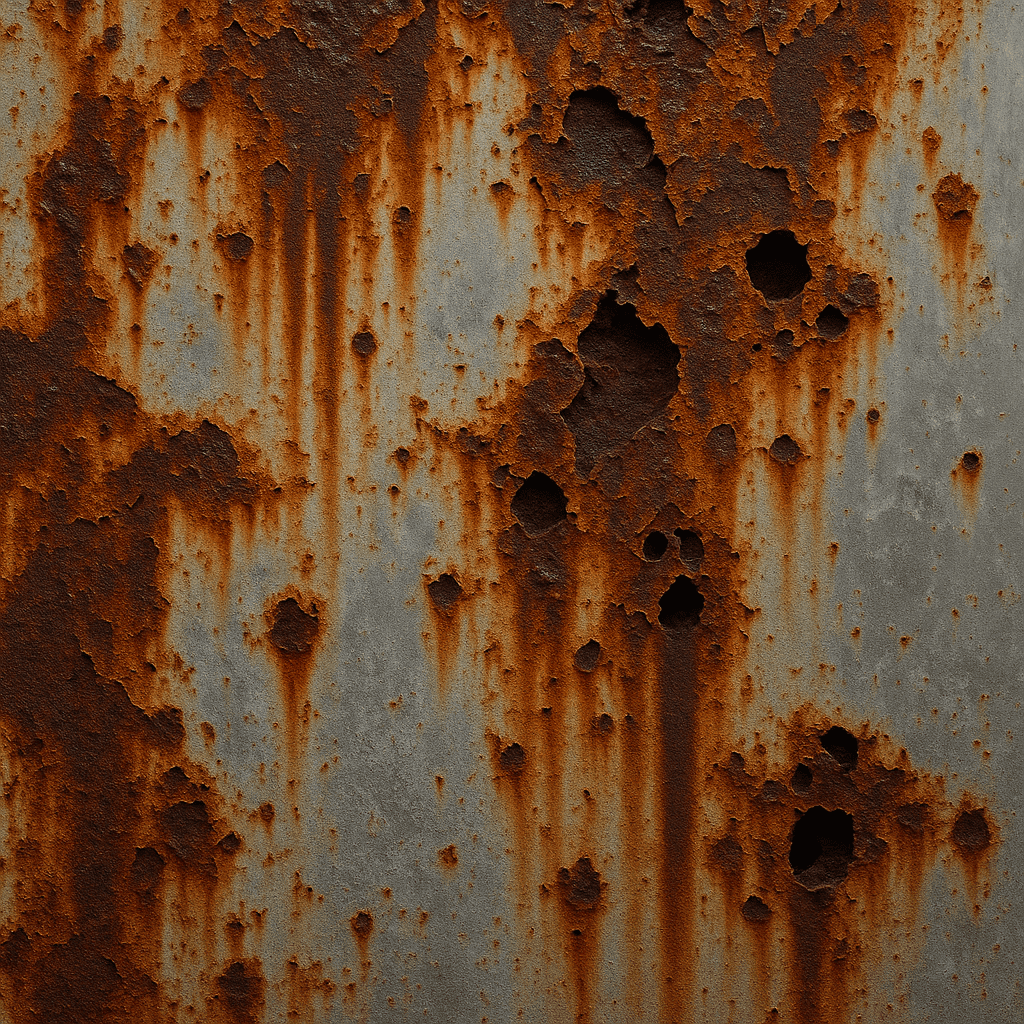Corrosion, a sneaky force that can quietly undermine the very foundations of our modern world. It’s a phenomenon that has been studied and debated by experts for centuries, yet its impact remains a pressing concern for industries and societies alike. In this article, we’ll delve into the world of corrosion, exploring its causes, effects, and the latest efforts to mitigate its devastating consequences.
The Hidden Dangers of Corrosion
Corrosion is often thought of as a minor issue, a mere scratch on the surface of our daily lives. However, the truth is far more nuanced. Corrosion can have far-reaching and devastating effects, from the collapse of critical infrastructure to the degradation of vital components in industrial equipment.
The Human Cost of Corrosion
The financial burden of corrosion is staggering. According to estimates, corrosion costs the global economy billions of dollars each year, with some studies suggesting that it could be as high as 3.4% of the world’s GDP. But the human cost is just as significant, with corrosion-related accidents and failures resulting in loss of life, injury, and displacement.
The Environmental Impact
Corrosion also has a profound impact on the environment. The release of toxic substances into the air, water, and soil can have catastrophic consequences for ecosystems and human health. For example, the corrosion of metal components in industrial facilities can lead to the leakage of hazardous materials, contaminating soil and water sources.
The Causes of Corrosion
So, what causes corrosion? The answer is complex and multifaceted. Factors such as moisture, temperature, and chemical exposure can all contribute to the corrosion process. In addition, the type of material, its composition, and its surface finish can also play a significant role.
The Role of Materials Science
Materials science has made significant strides in recent years, with the development of new materials and coatings designed to resist corrosion. For example, stainless steel, a popular choice for corrosion-resistant applications, is infused with chromium, which forms a protective oxide layer that prevents further corrosion.
The Importance of Maintenance
Maintenance is also a critical factor in preventing corrosion. Regular inspection and maintenance of equipment and infrastructure can help identify potential corrosion hotspots before they become major problems.
- Regular inspection of equipment and infrastructure
- Application of corrosion-resistant coatings and materials
- Control of environmental factors such as moisture and temperature
- Implementation of maintenance schedules and protocols
The Latest Research and Developments
Researchers are working tirelessly to develop new solutions to the corrosion problem. One area of focus is the development of self-healing materials, which can repair themselves in the event of damage. Another area of research is the use of nanotechnology to create corrosion-resistant coatings.
| Material | Corrosion Resistance | Advantages |
| Stainless Steel | High | Durable, resistant to corrosion |
| Carbon Steel | Medium | Inexpensive, widely available |
| Aluminum | Low |
Answering the Questions
So, what can be done to prevent corrosion? The answer is simple: a combination of materials science, maintenance, and environmental control. By understanding the causes of corrosion and implementing effective prevention strategies, we can reduce the risk of corrosion-related failures and accidents.
What are the latest developments in corrosion research? Researchers are exploring new materials and technologies, such as self-healing materials and nanotechnology, to develop more effective corrosion-resistant solutions.
How can individuals contribute to corrosion prevention? By being mindful of their surroundings and taking simple steps, such as regular inspection and maintenance, individuals can play a vital role in preventing corruption and ensuring the safety of critical infrastructure.
In conclusion, corrosion is a complex and multifaceted phenomenon that requires a comprehensive approach to prevention and mitigation. By understanding the causes of corrosion, implementing effective prevention strategies, and staying up-to-date with the latest research and developments, we can reduce the risks associated with corrosion and ensure a safer, more reliable world for all.
